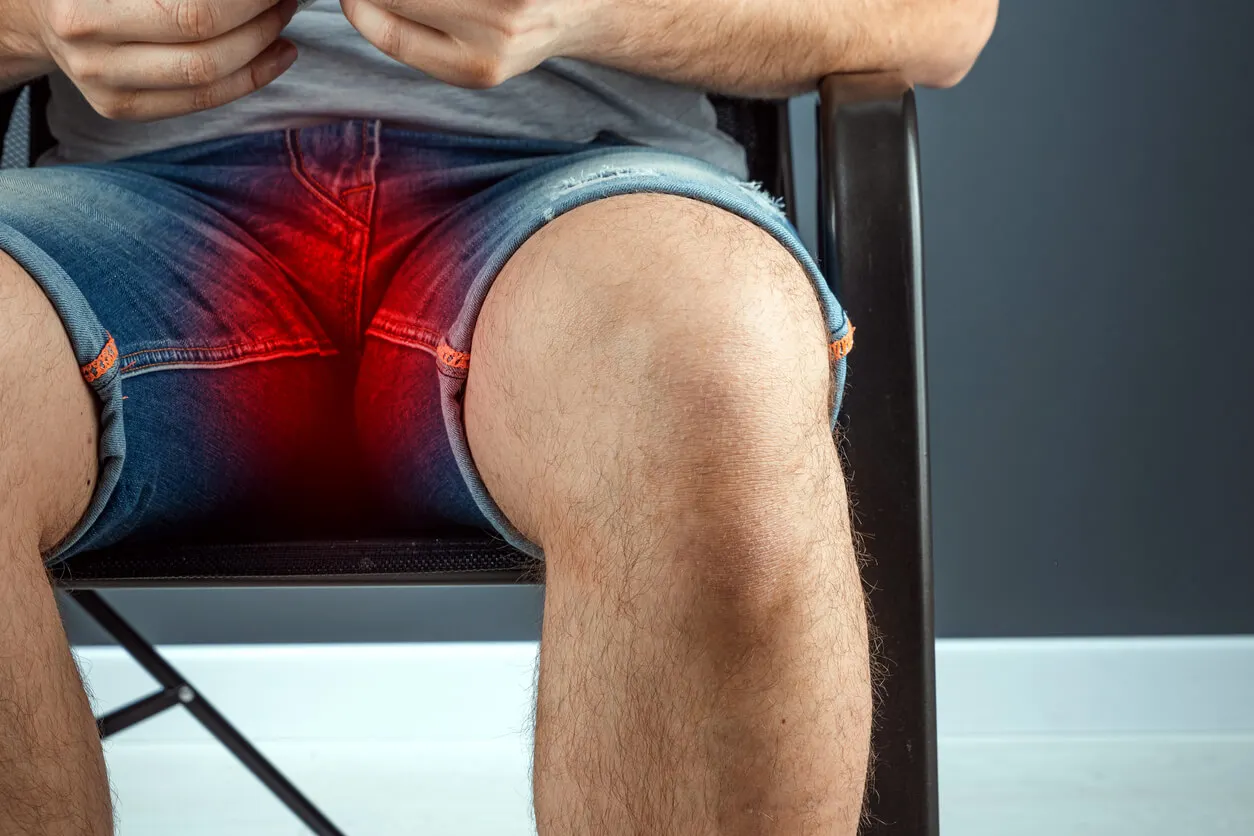Pearly Penile Papules: What Are They and How to Treat Them


Reviewed and approved by the doctor Mariel Mendoza
Pearly penile papules or hirsuties papillaris genitalis, are small whitish lesions that appear on the penis, around the crown of the glans penis. Although they have no pathological significance (they aren’t harmful) they can cause discomfort when rubbed.
These lesions occur when Tyson’s glands increase in size, making them visible. These structures are responsible for producing a lubricating fluid to facilitate penetration during sexual intercourse. They are usually invisible.
Pearly penile papules are characterized by small rounded bumps ranging from 1 to 3 millimeters in size; they aren’t painful and are white, yellow or cream in color. They may appear in the form of a ring in one or several rows surrounding the crown of the penis and occur on the neck of the penis and on the inner layer of the foreskin.
Find out more: Common Diseases of the Penis and Their Treatment
Tyson’s glands
These glands are present in all men from birth. In some cases, they develop or enlarge between the ages of 20 and 30 or during adolescence, especially in uncircumcised men.
They’re responsible for producing a whitish, strong-smelling substance called smegma that can accumulate under the foreskin if you’re uncircumcised and have poor hygiene.
Curiosities of pearly penile papules

Pearly penile papules are a fairly common physiological phenomenon. They’re prevalent in 14-48% of men and usually appear during or after puberty.
This condition is not sexually transmitted, so they aren’t contagious and aren’t a sign of a sexually transmitted disease (STD). They aren’t related to poor hygiene.
Many people confuse them with condylomas, which are lesions caused by the human papillomavirus or HPV, even though they tend to be grayish and scaly.
Thanks to DNA amplification techniques, it has been demonstrated that both lesions are unrelated. On the other hand, it’s important to know that popping them won’t make them go away. Pearly penile papules aren’t pimples; if you press hard to pop them, they will cause pain and sores that can become infected.
Keep in mind that they disappear with time. However, since they are glands inherent to the structure of the penis, they will always be present, even if they aren’t visible.
Find out more: Early Symptoms of Genital Herpes
Treatment of pearly penile papules

Natural remedies to treat pearly penile papules aren’t effective. There’s no home remedy that can remove them and make them disappear. In fact, these remedies are often painful and often result in penile lesions that require emergency medical attention.
Since it isn’t a disease, pearly penile papules don’t require medical treatment. Patients who come for medical consultation are usually told that they’re benign and are not pathological.
Some people decide to remove them for cosmetic purposes, so a dermatologist is often consulted. Among the most commonly used methods are the following:
- CO2 laser therapy: This one of the oldest gas lasers. It was developed by Kumar Patel.
- Radiofrequency: This technique is also known as radiofrequency spectrum.
- Cryotherapy: This is the use of liquid nitrogen.
- Electrofulguration: This is a technique that uses electric currents.
The application of silver nitrate in low and very localized doses is also effective. These methods can only be performed by a qualified professional.
In short, pearly papules are not a health problem and are only an aesthetic problem. For these cases, the treatments mentioned above can be effective, although it is sometimes difficult to eliminate them completely.
All cited sources were thoroughly reviewed by our team to ensure their quality, reliability, currency, and validity. The bibliography of this article was considered reliable and of academic or scientific accuracy.
- Peña A, et al. Patología dermatológica genital. DermatologíaCMQ2013;11(4):288-300.
This text is provided for informational purposes only and does not replace consultation with a professional. If in doubt, consult your specialist.








